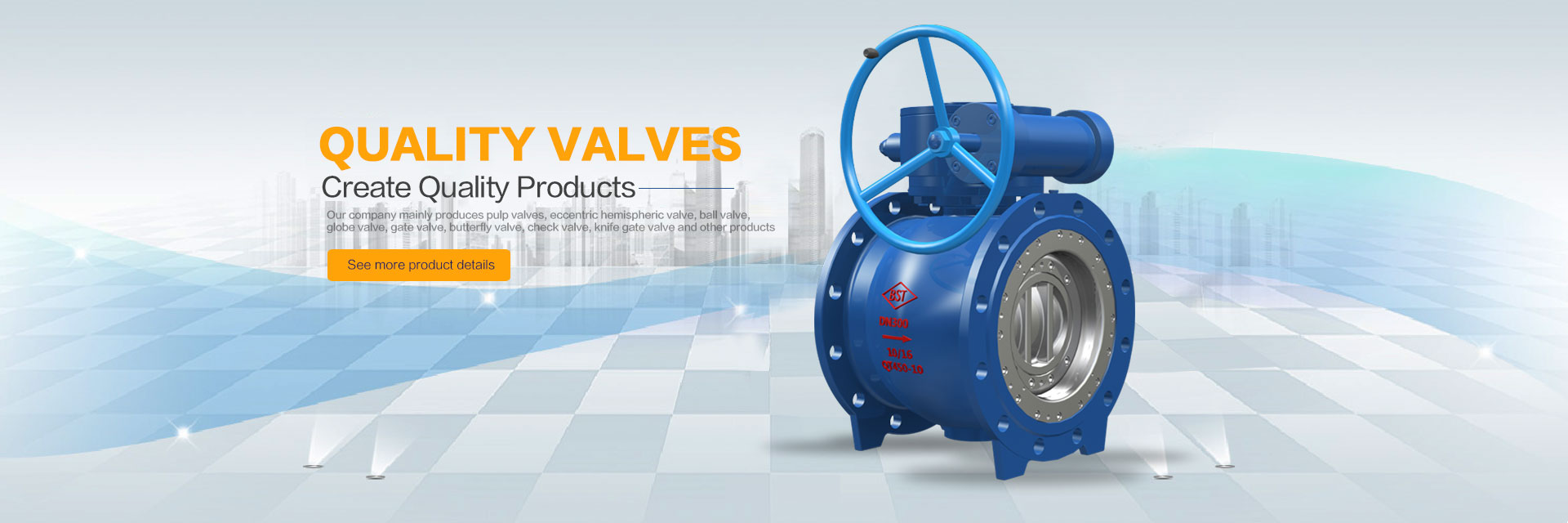Installation instructions and procedures of the butterfly valve
The wafer butterfly valve is one of the most common type of valve in industrial piping, structure of the wafer butterfly valve itself is small, only need to put the butterfly valve in the pipeline both ends flanges, with stud through pipe flange and wafer butterfly lock, can control the fluid of pipeline. Wafer butterfly especially suitable for short distance between the space narrow or pipe, butterfly valve in the fully open position, the butterfly plate thickness is the only resistance when the medium flows through the body, so by the valve pressure drop is small, it has good flow control characteristics.
I. instructions before installation of clamping butterfly valve:
1. Before installation and operation, use air spraying to remove the external objects on the distribution pipe, and clean the inner surface of the distribution pipe with water.
2. Carefully check whether the use of valve conforms to the performance specifications; (temperature, pressure)
3. Check whether there is any sundries in the valve channel and sealing surface, and timely remove them;
4. The valve shall be installed in time after opening the box. Please do not loosen any fastening screws or nuts on the valve at will.
5. Special butterfly valve flange must be used for the butterfly valve.
6. The electric butterfly valve can be installed on any Angle pipe. For the convenience of maintenance, it is recommended not to install the valve upside down.
7. When installing butterfly valve flange plate, it must ensure the flange face and sealing rubber pair, screw evenly tightened, sealing cover must be fully attached; If the screw is not tightened evenly, the rubber bulge will cause the stuck butterfly plate, or the valve stem will leak due to the resistance of the butterfly plate.
Ii. Installation steps of clamping butterfly valve:
The correct installation of the butterfly valve is related to the sealing degree of the butterfly valve and whether it will leak out, including the safety in operating conditions. Users should understand the installation process.
1. As shown, place the valve between the two pre-installed flanges, paying attention to the neat alignment of bolt holes.
2. Insert four pairs of bolt nuts into the flange hole gently and tighten the nut slightly to correct the flatness of the flange face;
3. Fix the flange on the pipe by spot welding;
4. Remove the valve;
5. Fully welded and fixed the flange to the pipe;
6. Install the valve after the welding port cools. Ensure that the valve has enough movable space in the flange to prevent damage to the valve, and ensure that the valve plate has a certain opening;
7. Correct valve position and tighten four pairs of bolts (be careful not to tighten them too tightly)
8. Open the valve so that the valve plate can be opened and closed freely, and then slightly open the valve plate;
9. Tighten all nuts with cross equalization;
10. Confirm that the valve can be opened and closed freely again.
The wafer butterfly valve installed first before installation to must be flat, in casual knock against, when installation will be made after the length of the installation, pull it in the design of piping, without special permission is not free to remove the wafer butterfly valve, this is what we want to know before installation. At the same time we also know that the wafer butterfly valve can be installed in any position, but the wafer butterfly valve requires laid along the butterfly valve after the installation is complete, a bracket for the wafer butterfly valve, and after stents once made, when use is strictly prohibited to stand off.









